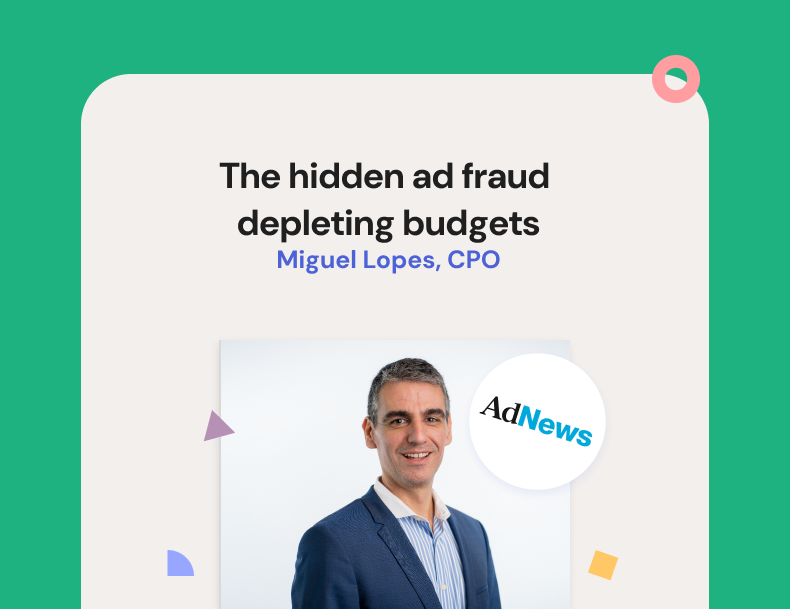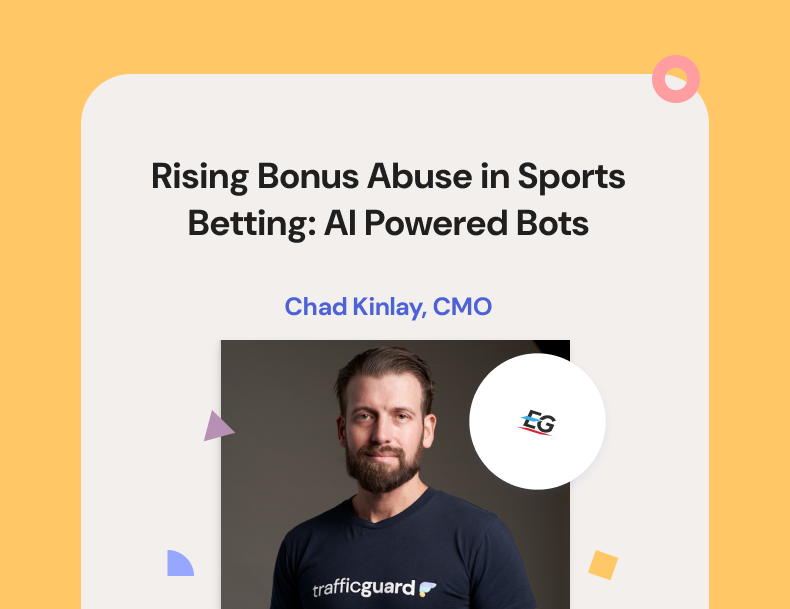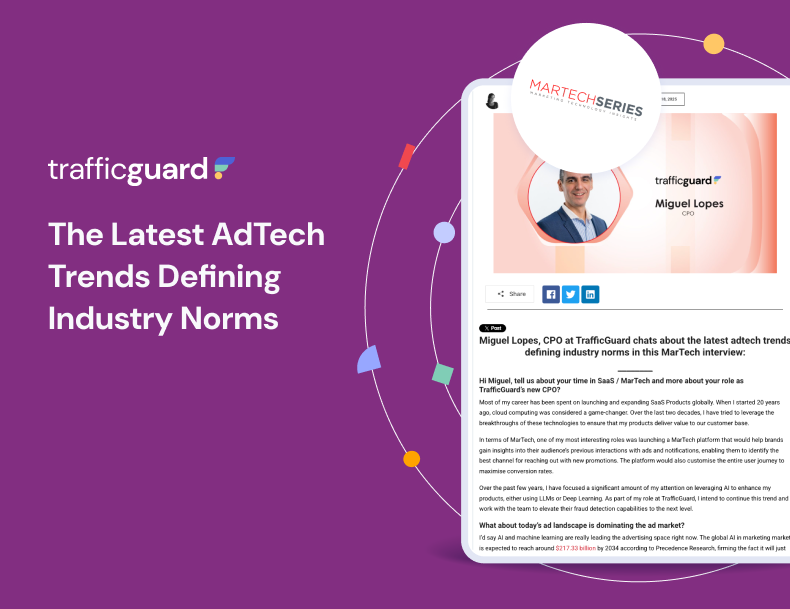Google's Performance Max: A game-changer for marketers?

When Google announced Performance Max (PMax), it seemed like the answer to every marketer's dream — drive marketing efficiency, performance and better ROI across all Google's channels, including YouTube, Search, Shopping and Discovery.
At the core of the PMax promise was Google's AI, making decisions on everything from bidding to creative to search query matching and media environments. For many marketers, this even helped open the door to experimenting with innovation in online videos, such as YouTube Shorts.
However, akin to all AI and machine learning-driven advertising platforms, whether originating from Google, the Trade Desk, Yahoo or numerous others, it necessitates marketers to place trust in the enigmatic algorithmic "black box." This calls for a dose of prudent skepticism.
The problem with all black box systems is marketers are at the mercy of the algorithm. In the case of PMax, where Google manages everything, it requires an even higher level of faith in the system. Limited granular reporting in PMax means that while you get broad campaign insights, you won't be able to see if it's display, search, video or shopping ads driving your clicks and conversions. This would be great if the world were perfect or you only spent money on Google channels — but marketing is complex, with multiple media partners in any one campaign, and we all know from experience that industry opacity could be exploited to the detriment of marketers and their budgets.
Transparency and accountability are indispensable for marketers to operate with the utmost effectiveness. We have been analyzing PMax campaigns with select clients over the past several months, and we believe the industry should be informed about our findings so that marketers could make an informed decision about PMax and all AI-driven optimization platforms.
Invalid traffic targeting PMax campaigns
It should come as no surprise that bad actors are shifting their focus from general programmatic fraud to targeting campaigns with no insights. The recent supply chain study conducted by ANA demonstrates that there is waste and inefficiencies in the existing programmatic supply chain. PMax is not an exception to this, with the same underlying risk from invalid traffic (IVT) as we have seen on traditional programmatic campaigns. For the purposes of this piece, the definition of invalid traffic is traffic that neither contributes to incremental growth nor originates from human sources, encompassing entities like bots and data centers.
In the realm of traditional programmatic, invalid traffic and click fraud occur on a daily basis, spanning search, mobile and affiliate campaigns. For context, in search, we have seen between 5 and 15 percent of search clicks come from bots seeking to exploit paid search campaigns to sign up or claim incentives within the ads or worse, deliberately exhausting clients' search budgets as a "competitive" tactic. In a parallel context, not all instances of invalid traffic bear malicious intent. We have also concluded that 97 percent of a user's Google ad budget was being consumed by returning users who were just using Google as a front door to click on a paid ad to log in to their account.
In the mobile domain, the figures we observe are even more disconcerting, particularly concerning app install campaigns within sectors like car sharing and food delivery. Instances of fraudulent app installs have surged to alarming rates, reaching up to 50 percent, and, for one client, the claimed clicks and installs exceeded the population of the targeted geography in a week!
When addressing affiliate fraud, specifically for high-payout categories such as sports and sports fantasy betting as well as subscription and entertainment services, we have seen click fraud and affiliate cookie stuffing through malevolent browser extensions siphon away $100,000 of affiliate payouts per month — harming marketers and publishers. Both those marketers and publishers that are being targeted should be concerned, especially with so many publishers pivoting to affiliate sources to offset general advertising challenges.
What we have observed on PMax is a mix of both new fraud tactics and then some of the same type of invalid traffic and fraud that we see across programmatic. Given that PMax and most AI systems, assume positive user intent, invalid traffic that has occurred in PMax campaigns comes because AI assumes every "user" engagement is positive in intent. When bad actors exploit this and create fake intent signals, it could end up training the algorithm to optimize toward the source of the invalid traffic. This results in wrongly optimized campaigns that divert and deplete advertising budgets by driving more fake engagement and conversion events.
To be fair, this is not malfeasance by Google or PMax, however, when AI is optimizing toward invalid traffic, budgets could be exploited when there is opacity and no real-time third party oversight and intervention. PMax is simply a microcosm of what happens across the entire internet — the challenge lies in marketers who employ AI buying systems without independent third-party auditing and analysis. They face the possibility of unknowingly running the risk that they would just be pumping money into a high-speed AI-optimized invalid traffic machine.
What does our client data show?
Our trials of our PMax analysis platform focused first on providing transparency of what channel type (search, shopping, display, video) is driving the conversion results. While Google's AdManager interface for Performance Max fails to display this information, we found a way to provide visibility into these insights — because transparency matters when fighting fraud. This includes an ability to clearly, by channel, for each and every PMax campaign, in real time, identify where your money is going and what is driving your performance, solving for what the ANA recently highlighted as the inefficiencies and waste that would otherwise come from the lack of access to data.
Access to data via real-time channel data provides the transparency and insights needed for advertisers to protect their entire PMax spend. For example, with one of our clients, who had entrusted their paid search budget entirely to PMax, we identified where PMax was cannibalizing their branded keywords and highlighted that these keywords would perform better in a stand-alone search campaign where you have full control and transparency.
Additionally, our client saw PMax bidding on low-performing search terms that resulted in the rapid burning of daily budgets on terms any experienced search marketer would normally exclude. This was not fraud per se; it was AI optimizing to suboptimal outcomes. Armed with this data, marketers could then confidently add brand exclusions across PMax (to avoid the wasted overspending on branded keywords) and add account-level negative keywords for extremely poor-performing generic terms.
Within PMax, we are seeing a tendency of the algorithm to over-optimize toward paying for clicks from customers you already have — this has been a historic issue with any search PPC campaign but has accelerated with PMax. Existing customers who are "lazy browsers" and use Google to simply get to the homepage by way of clicking on a paid ad to get to the login section, or to find the customer service details are a honeypot for PMax's AI bias for clicks and engagement.
Clearly, it's not logical for marketers to invest in these outcomes from their existing customers when they could allocate their marketing budgets toward acquiring new customers, it simply adds to the Customer Acquisition Cost (CAC). With one of our clients, we saw that over 50 percent of their invalid traffic via PMax was being funneled into paying for existing customers to come to the website. We have made it possible to allow marketers to dynamically set click frequency thresholds on returning users as well as filter out bot traffic, forcing the AI algorithm to search for new valid users across PMax.
In terms of outright fraud on PMax, we have identified instances of this occurring. On another of our clients, our data shows that 7.5 percent of PMax clicks were invalid across various campaigns. This included clearly identified fraud or highly suspect user engagement where secondary on-site user behavior was not consistent with a qualified adult human audience. The good news is that this could be stopped. Real-time analysis via our website tags and a direct Google Ad Manager integration made it straightforward to identify and then protect clients' spending across the entire PMax campaign. This includes automatically passing to Google PMax the necessary data points required to mitigate invalid traffic so they were no longer targeted. Helping clients acquire real audiences and incremental conversions and reducing wasted budgets in the process.
What should marketers do?
I believe that the industry, as a whole, should have a sense of optimism regarding the potential of what AI could bring to the table in terms of driving better marketing performance. There is value to be realized in automation and operational efficiencies to be gained. But, whether it's PMax or any other AI-led solutions, marketers must push for algorithmic transparency, invest in independent oversight and not blindly trust the little black box of algorithms if they truly want to drive the best fraud-free performance. Otherwise, bad actors, whether they target PMax or any other AI-led advertising solution, would exploit your trust for their benefit, draining your marketing budgets in the process.
Read more 👉 here.
Get started - it's free
You can set up a TrafficGuard account in minutes, so we’ll be protecting your campaigns before you can say ‘sky-high ROI’.
At TrafficGuard, we’re committed to providing full visibility, real-time protection, and control over every click before it costs you. Our team of experts leads the way in ad fraud prevention, offering in-depth insights and innovative solutions to ensure your advertising spend delivers genuine value. We’re dedicated to helping you optimise ad performance, safeguard your ROI, and navigate the complexities of the digital advertising landscape.
Subscribe
Subscribe now to get all the latest news and insights on digital advertising, machine learning and ad fraud.







